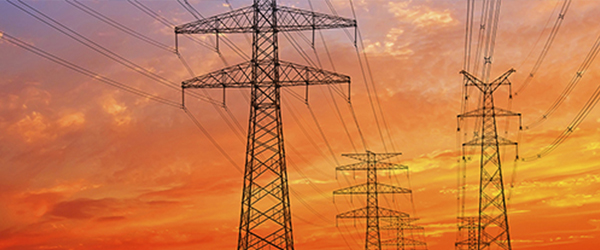How does energy get to your home?

After electricity is generated, it goes through five steps before making it to your home. The first step is the high-voltage switchyard, which sends energy to the transmission lines. From there the substation sends the energy out for distribution. Learn more about the way energy gets to your home by reading below.
Step 1: High-Voltage Switchyard
After leaving the generation facility, the energy runs through a line to the high-voltage switchyard. Here, the voltage is increased by the use of a transformer.
Step 2: Transmission Lines
From the switchyard, the energy travels through lines to the more heavy-duty transmission lines. The transmission lines are made to withstand high-voltage electricity over long distances. Transmission lines are the large metal structures with many lines that you see in open land while driving. Consider these the dump trucks of energy, carrying heavy loads of electricity.
Step 3: Substation
Once the energy has made its way through the transmission lines, the “juice” needs to be powered down in a substation so that it can travel to the smaller lines through town.
Step 4: Distribution Lines
From the substation the electricity travels through small lines in town, called distribution lines. They usually run along the side of the road and look like this. If the transmission lines were the dump truck, these distribution lines would be the wheelbarrow, carrying smaller loads of energy to each neighborhood.
Step 5: Distribution Transformer
The energy running along distribution lines is still too powerful for use in a home, so it hits one last stop, the distribution transformer. Now the energy originally created by your power company is at a safe level that can be used in your home.
(See previous energy posts for the full story!)